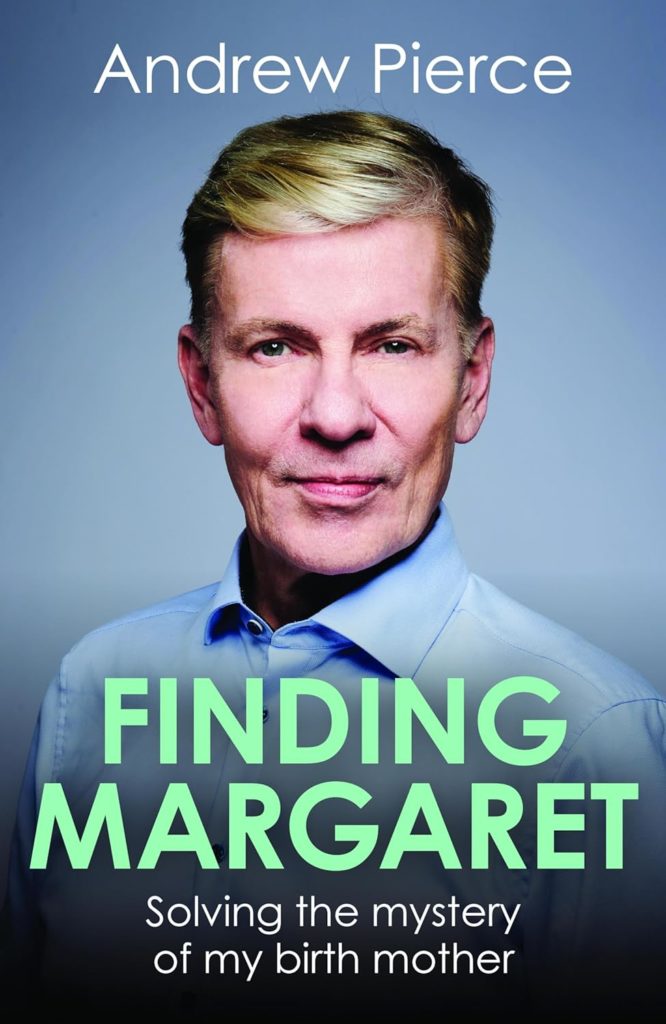ANDREW PIERCE, born to an Irish mother in Bristol and baptised as Patrick James Connolly, details the search for his birth mother in his latest book Finding Margaret: Solving the Mystery of My Birth Mother
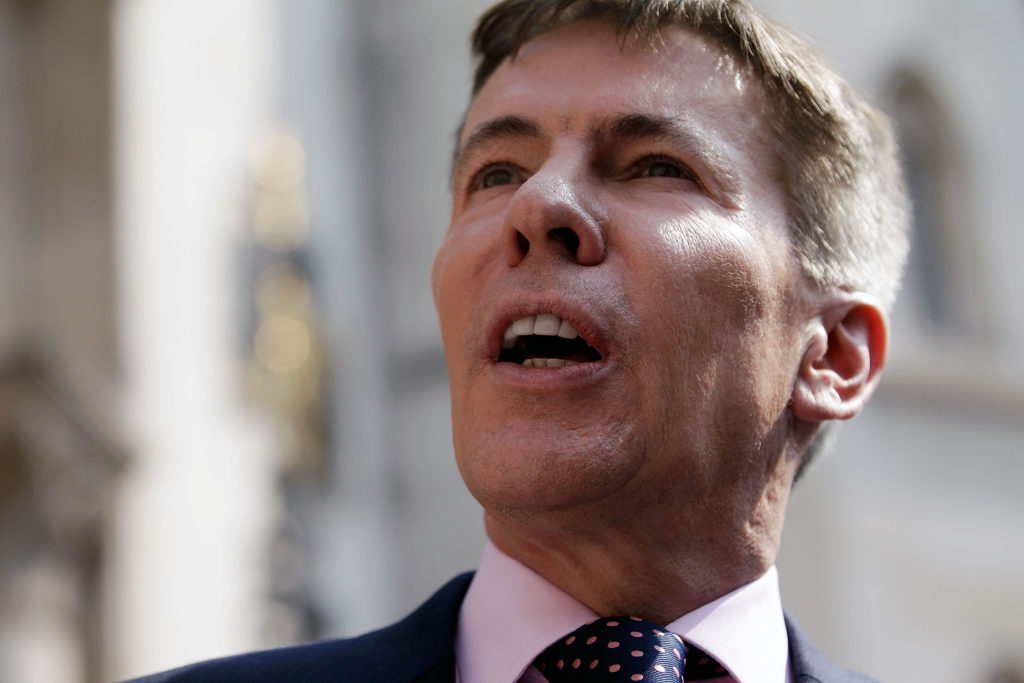 Andrew Pierce (Photo by Matthew Lloyd/Getty Images)
Andrew Pierce (Photo by Matthew Lloyd/Getty Images)Today Andrew Pierce is a highly successful journalist and broadcaster — he is a columnist and consultant editor for the Daily Mail, a regular on Good Morning Britain and has his own show on GB News.
Here he tells The Irish Post about the search for his Co. Mayo mother:
AS I peered out of the plane window through the thick clouds I could just make out the shape of the tiny airport in Knock home, arguably, to one of the most important shrines in the Catholic church.
As the plane taxied on the runway, which was once a sea of swaying bog cotton, I had the strange feeling that I was returning home.
I was born in Bristol and brought up in Swindon in Wiltshire and had only ever visited Ireland for pleasure. But this was a momentous step for me. I was going to Stonefield in Co. Mayo for the first time to find the place where my birth Margaret Connolly had been brought up.
She had told me, in our first emotional meeting a few years earlier, that she lived on a farm with her parents and three brothers. I was to discover that wasn’t quite the case.
Born in 1926, she had moved to Birmingham in the early 1950s to train as a nurse. There were few career opportunities for bright young women in Stonefield in Carrowteige on the Dún Chaocháin Peninsula in the 1940s.
As we were getting off the plane I talked to a woman, probably in her 70s, who was visiting family. She had gone to Britain to find work decades earlier leaving Ireland on the Holyhead ferry. An older man chipped in. ‘That’s right. Passengers on the top, cattle underneath. The cattle ferry.
I was certain that was how Margaret had left Ireland to start her new life in England.
A staunch Catholic, she gave birth to me in February 1961 in a hospital in Bristol, scarred by the terrible social stigma endured by single mothers in the 1960s.
I assumed, when I started searching for her when I was nearly 50, that she would have been a teenager when she had me. I was shocked to discover she was in fact 34, only weeks from her 35thbirthday. Now I was retracing her early life in Ireland. Before I went to her hamlet, I had an important date at the shrine at Knock which in 1879 was where 15 locals claimed to have seen an apparition of Our Lady.
As I lit a candle at the church, which draws millions of visitors each year, I felt certain that Margaret would have been there before me. I knew that she prayed every day to Our Lady. As do I. Like mother like son?
The trip to Ireland had been a long time coming as it had been a decade since, as I found. Shock followed shock. As I was born in Bristol I assumed she lived nearby. But after she put me in the Nazareth House orphanage in Cheltenham she returned to her home in Birmingham where she was a nurse. She visited me regularly until she decided when I was aged two that she had to give me up for adoption. I’d agonised for years whether to find her because I never wanted my REAL mum, Betty Pierce who adopted me when I was three, to ever feel she that her love for me was not enough. It was but I had a yearning to know who my birth mother was and, more importantly, she had a right to know that the little boy she gave away, who she clearly cared so much about, had a deliriously happy childhood and remained happy.
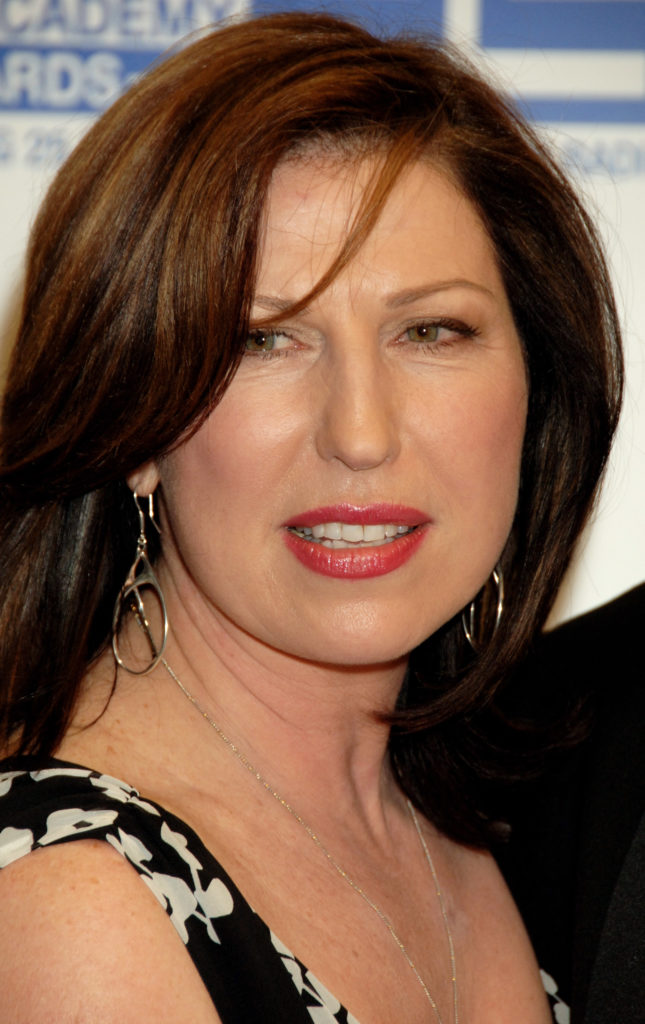 Amanda Platell (Photo by Dave M. Benett/Getty Images)
Amanda Platell (Photo by Dave M. Benett/Getty Images)The meeting
SO THE big day had arrived in 2009 when I was going to try to meet my birth mother for the first time in 45 years. I was in a taxi driving past a gothic style Catholic church.
I said to my closest friend Amanda Platell who was in the cab with me. “Margaret will be part of the congregation of that church.”
How right I was.
We toyed with the idea of stopping to seek spiritual solace in St Edward’s, which was consecrated in 1902 as we were nervous wrecks. We had no idea how Margaret Connolly, a retired Irish nurse, whom I had tracked down only weeks earlier, would react when Amanda knocked on her door.
There had been no contact between us since she made the fateful decision to walk away in 1963. We had taken advice about the first approach to Margaret, hence a knock on the door from a trusted female friend. While I waited in the cab, which was out of sight of Margaret’s home, Amanda made one of the most difficult short walks of her life. Frustratingly, there was no one in.
Minutes later, it seemed like hours, as I looked out of the back of the cab I saw a dot on the horizon. I knew instantly it was her. Is there an unbridgeable bond between mother and child?
As she walked past the taxi, without giving it even a cursory glance, I knew I was about to turn the life of this woman, with her distinctive shock of white hair and bird like figure, completely upside down.
When she let herself into her neat semi-detached house in the Selly Oak suburb of Birmingham I thought my journey is over. How wrong I was. Initially, and not surprisingly, Margaret denied it was her but when Amanda went back she was said she had been praying to Our Lady that she would return. “It is me. Tell him, I’ll see him,” she cried. Extraordinary heartfelt words that I never thought that I would hear.
Margaret chose for our first meeting the café in BHS, in Birmingham city centre, busy, not ostentatious, and some where she knew.
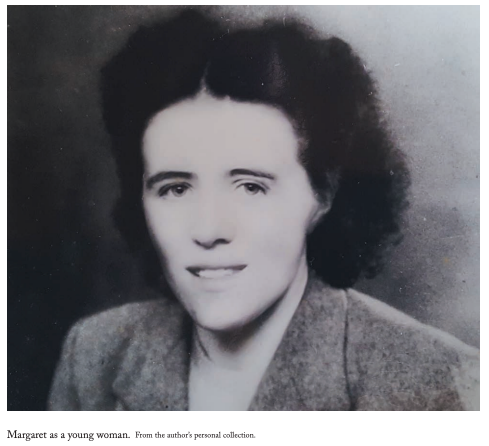
ODDLY, over our solitary cup of tea in BHS she never asked a single question about me. Not about my wonderful parents, Betty and George Pierce who already had three children of their own when they adopted me. Nothing about where I live, school, what I did for a living. When I gently pressed her for details about the orphanage, she said: “You are a secret. It was a sin. I can remember nothing except it was a sin. I told no one. Not a soul.”
Margaret was pleased to learn from me, however, that I was a practising Catholic and that in my youth I had been a member of the Legion of Mary. She had been too. She told me she went to church every day, sometimes twice a day after she retired and she lost her husband in 1995.
The adoption was finalised nine months after their marriage. He never knew anything about me nor did the four children she had with him.
The Catholic Church was a huge source of strength during the search for Margaret who, after that strange first encounter, failed to show up at four more pre-arranged meetings. Each time there was an unconvincing excuse. The repeated rejections stung. I had told her I was not interested in having another mother, my real mum was Betty who I never told I had found Margaret. A priest friend suggested I had counselling after Margaret’s no shows. I met Father Peter Burrows, a retired parish priest, and former missionary, and more importantly a highly qualified psychologist. He was wonderful. Ironically, when he was dying he spent the last months of his life at Nazareth House in Plymouth. The irony was not lost on him that the order of nuns who cared for me at the beginning of my life looked after him at the end of his.
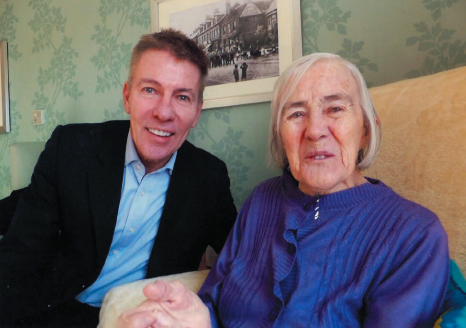 Andrew with Margaret in her care home. This is the first photo of Andrew with his birth mother
Andrew with Margaret in her care home. This is the first photo of Andrew with his birth motherThe last days
Margaret moved into a care home as her cognitive powers faded. I visited her regularly. With the onset of dementia she had lost her fear of being found out. But I never exploited her confused state to ask if I was the product of an affair with a married man? Or was it James Coffey who was named in the adoption file as my father. He was killed in a road accident one month after I moved into the orphanage. Tragic? Or a decoy. Many people have written to me since the book came out blaming the Catholic church for Margaret’s view that I was the product of sin. That’s not fair. Intolerance of single mothers was a national fact of life at the time. Catholic or otherwise. Margaret’s strict parents would have disowned her, she told me, if they knew about her little boy.
I was thinking about her parents when I found her house in Stonefield in Mayo which was two rooms, no running water or electricity or gas. Not easy for a woman growing up with three brothers. Her faith was a huge part of her life. When she conducted that extraordinary deception about me on her husband and children I suspect it was her faith that kept her going.
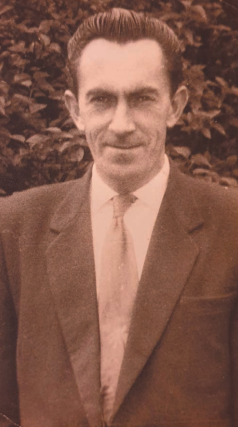 James Coffey, given to the author by the Coffey family
James Coffey, given to the author by the Coffey familySHE WILL have lived with the fear of exposure for decades. What a terrible burden to carry. But she had an extraordinary streak of self-preservation and would have prayed ’to the Good Lord’ that she was doing the right thing in giving me up. It was the right thing. It enabled me to be adopted by a loving catholic family with three children who never resented me. I admired Margaret’s faith and my own remains strong.
My church is St Mary’s in Hampstead, the parish priest is Rev Monsignor Phelim Rowland, is a former chaplain to the British Army. An inspired preacher, with a wonderful self-deprecating sense of humour, through his ministry I have found a wonderful catholic family. I also found a great source of inspiration and strength in Father Denis McGillycuddy who was Margaret’s parish priest at St Edward’s. They are both looking forward to reading the book.
Finding Margaret: Solving The Mystery of My Birth Mother: www.BitebackPublishing.com
